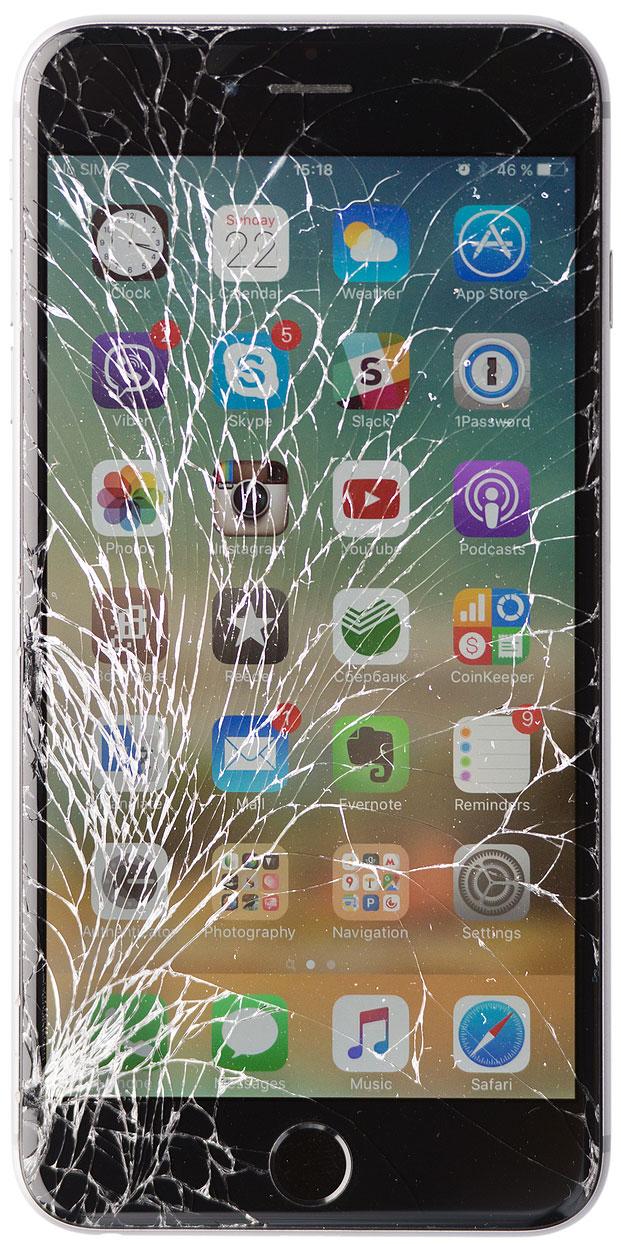A Comprehensive Guide to DIY Iphone Screen Repair Work for Beginners
In an age where modern technology is crucial, the ability to perform minor repairs on personal tools, such as replacing an iPhone display, can be both empowering and cost-effective. Our guide is customized for those that might be new to the world of DIY repair work, using a structured strategy that demystifies the procedure - iphone screen replacement. From selecting the appropriate devices to understanding the complexities of the fixing steps, this overview ensures that you are well-prepared to deal with the job. Nevertheless, one have to understand the prospective challenges that can arise throughout such undertakings, as these can influence the end result dramatically.
Essential Tools and Materials
Embarking on an apple iphone screen fixing calls for a well-curated choice of materials and tools to guarantee success. A suction cup and plastic spudgers are crucial for securely lifting the display without triggering damages to the delicate inner elements.
Tweezers can assist in taking care of little connectors and elements, while an opening choice will promote the cautious separation of the display from the phone's frame (iphone screen replacement). A magnetic floor covering or tray is additionally advantageous for arranging screws and little components, minimizing the risk of shedding them during repair work
In terms of materials, a replacement display of excellent high quality is vital, ensuring compatibility with the certain apple iphone version. Adhesive strips are required for rebuilding the gadget, offering a safe fit for the brand-new display.
Preparing Your Workspace
Producing an arranged and reliable workspace is an essential action in making certain an effective apple iphone display repair. Appropriate prep work can dramatically improve emphasis and lower the threat of mistakes throughout the procedure. Begin by picking a tidy, well-lit area to operate in. Sufficient illumination is necessary to plainly see the complex parts of the iPhone and can avoid unexpected messing up. A sizable table or workdesk is advised to expand devices and components without clutter, enabling easy access as needed.
Prior to beginning the repair work, ensure that all essential devices, such as screwdrivers, suction cups, and tweezers, are within reach. It's suggested to utilize a non-static mat or a microfiber cloth to lay the phone on, which helps protect against fixed damage and scratches. Additionally, organizing small elements in identified containers or a magnetic mat can keep them stop and secure loss.

Step-by-Step Repair Work Process
Undertaking the detailed repair procedure for an iPhone display needs precision and treatment at every stage. Simultaneously, put a plastic opening tool to meticulously try here separate the screen from the body, taking treatment not to harm any ports.
Following, get rid of the read more screws safeguarding the metal bracket that guards the display screen cable televisions. When the brace is lifted, separate the booster cable to get rid of any type of threat of a brief circuit. Following this, detach the screen cords attaching the display to the motherboard. This step is critical, as mishandling these cable televisions can trigger long-term damages.
Proceed by eliminating any kind of added parts from the old display, such as the front cam and home switch, and move them to the brand-new display. When these remain in location, reconnect the screen cords and reattach the metal bracket. Thoroughly push the new display right into the framework, guaranteeing all edges are lined up. Lastly, secure the screws and power on the device to check functionality.
Usual Blunders to Prevent
Repairing an apple iphone screen can be a gratifying task, yet a number of common blunders can cause issues if not addressed. One widespread error is neglecting to power off the tool completely prior to beginning repair work. This oversight can cause electrical shorts or perhaps irreversible damage to the phone's inner elements. Additionally, lots of beginners fall short to organize screws methodically. iPhone versions include numerous screws of different dimensions and lengths, and blending them up can cause threading problems or damage to interior components.
Another constant mistake is using too much force when eliminating or mounting parts. iPhone internals are fragile, and too much stress can damage adapters or circuit boards. Together with this, utilizing unacceptable tools, such as a common screwdriver rather than a precision screwdriver, can remove screws or damages delicate components.
Moreover, missing the essential action of disconnecting the battery before proceeding with repair work can enhance the risk of short-circuiting. Lastly, failing to make sure a dust-free environment during reassembly may result in dust bits getting trapped in between the display and the screen, diminishing screen quality.
Evaluating and Final Touches
Often, the last steps of an iPhone display repair service are as essential as the initial ones, calling for careful attention to information. Begin by powering on the apple iphone to verify that the display lights up appropriately and shows the home screen without distortion or dead pixels.
Following, evaluate the proximity sensing unit and ambient light sensor by phoning and covering the leading part of the display to see if it lowers properly. This can confirm that both sensing units were reconnected properly. Furthermore, assess the front-facing camera and audio speaker to ensure they were not inadvertently blocked or harmed during reassembly.
Conclusion

In an age where innovation is crucial, the ability to carry out small repair services on individual tools, such as changing an iPhone screen, can be both empowering and cost-efficient.Beginning on an apple iphone display repair service calls for a well-curated option of products and devices to make certain success.Creating an organized and efficient workspace is an essential step in making sure an effective iPhone screen repair work.Proceed by removing any type of extra elements from the old screen, such as the front camera and home button, and move them to the new screen. Begin by powering on the iPhone to verify that the display brightens appropriately and displays the home display without distortion or dead pixels.